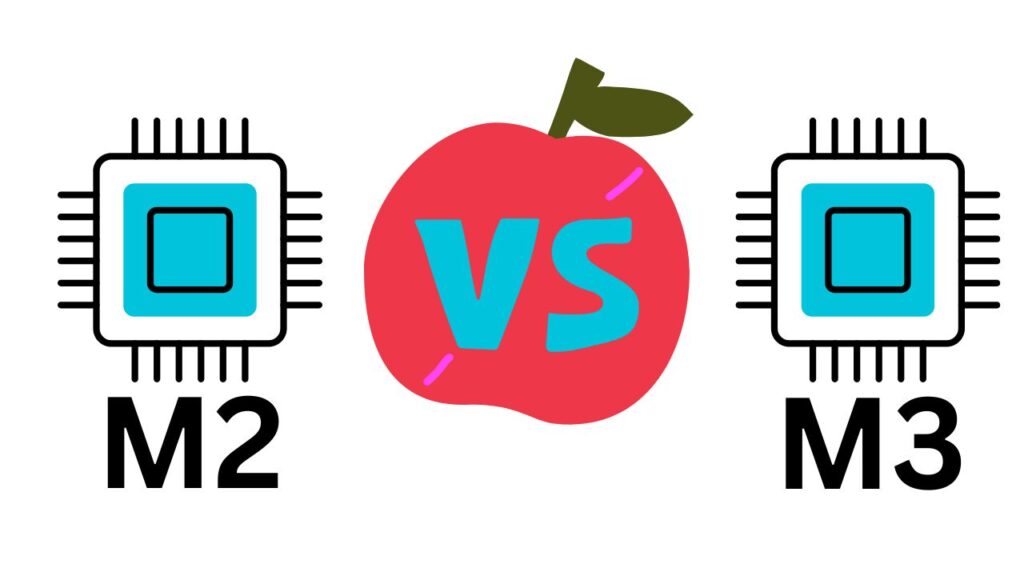The Apple M-series and Intel Core i9 processors represent two leading approaches in the world of high-performance computing. While the Intel Core i9 processors excel in traditional, x86-based architecture, Apple’s M-series chips (including the upcoming M4) are optimized for energy efficiency and deep integration with Apple’s ecosystem, utilizing ARM architecture. Here’s a side-by-side comparison to break down their key differences:
| Feature | Apple M4 Chip | Intel Core i9 Processor |
|---|---|---|
| Architecture | ARM-based architecture (Apple Silicon) | x86-based architecture |
| Manufacturing Process | Expected 3nm (or possibly 4nm) for efficiency and performance gains | Typically 10nm or 7nm (Intel’s own process technology) |
| Performance Cores | Optimized for single-core efficiency and multitasking | High single-core and multi-core performance but with higher power consumption |
| Graphics (GPU) | Integrated 12-core or higher Apple GPU | Relies on dedicated GPUs for high-end graphics |
| Memory | Unified memory architecture, shared between CPU and GPU, boosting speed and efficiency | Separate memory (DDR5 or DDR4 RAM) |
| Efficiency Cores | Highly efficient cores for basic tasks, extending battery life | Typically lacks dedicated efficiency cores, higher power draw |
| Compatibility | Optimized for macOS applications and cross-compatibility with iOS | Compatible with a broad range of Windows applications and Linux distributions |
| Thermal Efficiency | Extremely efficient; lower heat output, suited for fanless designs | Requires robust cooling solutions, especially under heavy load |
| Battery Life | High efficiency allows longer battery life in portable devices | Moderate to high power consumption reduces battery life in laptops |
| Use Case | Ideal for macOS users, creatives, and developers within the Apple ecosystem | Suited for Windows users, gamers, and professionals needing high-end x86 compatibility |
| AI/ML Capabilities | Built-in Neural Engine for machine learning and AI applications | Intel AI Boost, though performance can vary depending on the model |
| Price Range | Integrated within Apple devices; device cost varies | Available in multiple configurations, typically more customizable options |

